Decision time: leave after lunch for a sound and light show at another Mayan ruins of Uxmal and Kabah returning at 10 pm or take the all day highly recommended swim in 3 of the local 'cenotes' (sen-o-tays). These are fresh-water swimming holes connected by spectacular limestone caverns and deep underwater rivers once sacred to the ancient Maya, covering the entire Yucatan peninsula.
I have never seen a light and sound show so this option was really tempting. Pity we can’t do both!
Anyway in the end Raul the local guide took us to go swimming in the 3 cenotes or what I know them as sinkholes won. Both were about the same 450 pesos / NZ $ 42 / US $ 34.
Lunch was at a local hacienda restaurant El Dzapakal. Poc Chuc or a pork loin marinated in sour orange juice served with refried beans, tomatoes, avocado, roasted red onion for 75 pesos / NZ $ 7 / US $ 5.70. That plus a Negro Modelo at 27 pesos / NZ $ 2.50 / US $ 2.10.
A cenote from Yucatec Maya "well") is a natural pit, or sinkhole resulting from the collapse of limestone bedrock that exposesgroundwater underneath. Especially associated with theYucatán Peninsula of Mexico, cenotes were sometimes used by the ancient Maya for sacrificial offerings. The term derives from a word used by the low-land Yucatec Maya, "Ts'onot" to refer to any location with accessible groundwater. Cenotes are common geological forms in low latitude regions, particularly on islands, coastlines, and platforms with young post-Paleozoic limestones that have little soil development.
Cenotes are surface connections to subterranean water bodies. While the best-known cenotes are large open water pools measuring tens of meters in diameter, such as those at Chichén Itzá, the greatest number of cenotes are smaller sheltered sites and do not necessarily have any surface exposed water. The term cenote has also been used to describe similar karst features in other countries such as Cuba and Australia, in addition to the more generic term of sinkholes.
Cenote water is often very clear, as the water comes from rain water filtering slowly through the ground, and therefore contains very little suspended particulate matter. The groundwater flow rate within a cenote may be very slow. In many cases, cenotes are areas where sections of cave roof have collapsed revealing an underlying cave system, and the water flow rates may be much faster: up to 10 kilometers / 6 mi) per day. Cenotes around the world attract cave divers who have documented extensive flooded cave systems through them, some of which have been explored for lengths of 100 km / 62 mi or more. Thanks Mr Wikipedia.
The horse drawn like jiggers taking 4 of us along the 200 year old 9 kilometres track to the 3 holes.
Was the best left to last?
Actually I enjoyed the second one. Suppose it was the narrow hole at the top. Learnt my lesson in Indonesia when swimming in the fresh water Green Canyon this time took up the offer of a life buoyancy vest so that I could just float and admire the view above from below.
We got back late - close to 5 pm so my “hop on hop off” 90 min tour of town was not really possible as I wanted a shower first.
That evening it was pizza on the hotel roof. There is effectively no dusk. Just suddenly it is pitch black. The moon was just rising. No stars. Jet black skies above and the lit cathedral was not too far away. A gentle evening breeze kept things nice at 23 C.
Cenotes - deep down into the bowels of the earth
Wednesday, December 04, 2013
 Cuzamá, Yucatán, Mexico
Cuzamá, Yucatán, Mexico
Other Entries
-
4611 hours of darkness - the overnight bus ride
Nov 286 days prior San Cristobal de las Casas, Mexicophoto_camera6videocam 0comment 0
San Cristobal de las Casas, Mexicophoto_camera6videocam 0comment 0 -
47San Cristóbal de las Casas - my city walking tour
Nov 295 days prior San Cristobal de las Casas, Mexicophoto_camera151videocam 0comment 1
San Cristobal de las Casas, Mexicophoto_camera151videocam 0comment 1 -
48HIGHLIGHTS Thurs 28 Nov: San Cristobal de las Casa
Nov 295 days prior San Cristobal de las Casas, Mexicophoto_camera64videocam 0comment 0
San Cristobal de las Casas, Mexicophoto_camera64videocam 0comment 0 -
49Another free day in San Cristóbal de las Casas
Nov 295 days prior San Cristobal de las Casas, Mexicophoto_camera64videocam 0comment 1
San Cristobal de las Casas, Mexicophoto_camera64videocam 0comment 1 -
50HIGHLIGHTS Fri 29 Nov: San Cristobal de las Casas
Nov 295 days prior San Cristobal de las Casas, Mexicophoto_camera19videocam 0comment 0
San Cristobal de las Casas, Mexicophoto_camera19videocam 0comment 0 -
51San Juan Chamula
Nov 304 days prior Chamula, Mexicophoto_camera63videocam 0comment 0
Chamula, Mexicophoto_camera63videocam 0comment 0 -
52Zinacantan - native or indigenous people
Nov 304 days prior Zinacantán, Mexicophoto_camera54videocam 0comment 1
Zinacantán, Mexicophoto_camera54videocam 0comment 1 -
53HIGHLIGHTS Sat 30 Nov: Chamula & Zinacantan
Dec 013 days prior San Cristobal de las Casas, Mexicophoto_camera29videocam 0comment 0
San Cristobal de las Casas, Mexicophoto_camera29videocam 0comment 0 -
54San Cristobel to Palenque
Dec 013 days prior Palenque, Mexicophoto_camera41videocam 0comment 1
Palenque, Mexicophoto_camera41videocam 0comment 1 -
55HIGHLIGHTS Sun 1 Dec: San Cristobel > Palenque
Dec 013 days prior Palenque, Mexicophoto_camera15videocam 0comment 0
Palenque, Mexicophoto_camera15videocam 0comment 0 -
567 am jungle walk
Dec 013 days prior Palenque, Mexicophoto_camera37videocam 0comment 0
Palenque, Mexicophoto_camera37videocam 0comment 0 -
57Palenque ruins
Dec 022 days prior Palenque , Mexicophoto_camera87videocam 0comment 0
Palenque , Mexicophoto_camera87videocam 0comment 0 -
58Mishol Ha waterfall
Dec 022 days prior Palenque, Mexicophoto_camera18videocam 0comment 0
Palenque, Mexicophoto_camera18videocam 0comment 0 -
59Aqua Azul waterfalls / cascades
Dec 022 days prior Agua Azul, Mexicophoto_camera45videocam 0comment 0
Agua Azul, Mexicophoto_camera45videocam 0comment 0 -
60HIGHLIGHTS Mon 2 Dec: Palenque Mishol Ha Aqua Azul
Dec 022 days prior Palenque, Mexicophoto_camera81videocam 0comment 0
Palenque, Mexicophoto_camera81videocam 0comment 0 -
61Palenque to Merida
Dec 031 day prior Merida, Mexicophoto_camera59videocam 0comment 0
Merida, Mexicophoto_camera59videocam 0comment 0 -
62HIGHLIGHTS Tues 3 Dec: Palenque > Merida
Dec 031 day prior Mérida, Mexicophoto_camera28videocam 0comment 0
Mérida, Mexicophoto_camera28videocam 0comment 0 -
63Cenotes - deep down into the bowels of the earth
Dec 04 Cuzamá, Mexicophoto_camera85videocam 0comment 0
Cuzamá, Mexicophoto_camera85videocam 0comment 0 -
64HIGHLIGHTS Wed 4 Dec: Cenotes, Merida
Dec 051 day later Merida, Mexicophoto_camera30videocam 0comment 0
Merida, Mexicophoto_camera30videocam 0comment 0 -
65Chichen Itza
Dec 051 day later Chichen Itza, Mexicophoto_camera149videocam 0comment 1
Chichen Itza, Mexicophoto_camera149videocam 0comment 1 -
66HIGHLIGHTS Thurs 5 Dec: Chichen Itza
Dec 051 day later Chichén Itzá, Mexicophoto_camera56videocam 0comment 0
Chichén Itzá, Mexicophoto_camera56videocam 0comment 0 -
67Cancun & Speedy Gonzales along Boulevard Kukulkan
Dec 062 days later Cancun, Mexicophoto_camera65videocam 0comment 0
Cancun, Mexicophoto_camera65videocam 0comment 0 -
68Isla Mujeres
Dec 062 days later Isla Mujeres, Mexicophoto_camera88videocam 0comment 0
Isla Mujeres, Mexicophoto_camera88videocam 0comment 0 -
69HIGHLIGHTS Fri 6 Dec: Cancun & Isla Mujeres
Dec 062 days later Cancun, Mexicophoto_camera50videocam 0comment 0
Cancun, Mexicophoto_camera50videocam 0comment 0 -
70Maya / Toltec ruins of Tulúm
Dec 073 days later Playa del Carmen, Mexicophoto_camera85videocam 0comment 0
Playa del Carmen, Mexicophoto_camera85videocam 0comment 0 -
71HIGHLIGHTS Sat 7 Dec: Tulum & Playa del Carmen
Dec 073 days later Playa del Carmen, Mexicophoto_camera12videocam 0comment 0
Playa del Carmen, Mexicophoto_camera12videocam 0comment 0 -
72GO SLOW Caye Caulker
Dec 084 days later Caye Caulker, Belizephoto_camera61videocam 0comment 0
Caye Caulker, Belizephoto_camera61videocam 0comment 0 -
73HIGHLIGHTS Sun 8 Dec: Mexico > Belize
Dec 084 days later Caye Caulker, Belizephoto_camera29videocam 0comment 0
Caye Caulker, Belizephoto_camera29videocam 0comment 0 -
74Sharks, Sting rays & Turtles
Dec 095 days later Caye Caulker, Belizephoto_camera83videocam 0comment 0
Caye Caulker, Belizephoto_camera83videocam 0comment 0 -
75HIGHLIGHTS Mon 9 Dec: Caye Caulker snorkelling
Dec 095 days later Caye Caulker, Belizephoto_camera33videocam 0comment 0
Caye Caulker, Belizephoto_camera33videocam 0comment 0 -
76"GO SLOW” Caye Caukler to San Ignacio
Dec 106 days later San Ignacio, Belizephoto_camera67videocam 0comment 2
San Ignacio, Belizephoto_camera67videocam 0comment 2 -
77HIGHLIGHTS Tues 10 Dec: Caye Caulker > San Ignacio
Dec 106 days later San Ignacio, Belizephoto_camera29videocam 0comment 0
San Ignacio, Belizephoto_camera29videocam 0comment 0 -
78Green Iguana Conservation Project - San Ignacio
Dec 117 days later San Ignacio, Belizephoto_camera93videocam 0comment 0
San Ignacio, Belizephoto_camera93videocam 0comment 0 -
79ATM: Actun Tunichil Muknal, Crystal Sepulchre Cave
Dec 117 days later San Ignacio, Belizephoto_camera151videocam 1comment 0
San Ignacio, Belizephoto_camera151videocam 1comment 0 -
80HIGHLIGHTS Wed 11 Dec: San Ignacio - Iguana, ATM
Dec 117 days later San Ignacio, Belizephoto_camera54videocam 0comment 0
San Ignacio, Belizephoto_camera54videocam 0comment 0 -
81Tikai
Dec 128 days later Tikal, Guatemalaphoto_camera118videocam 0comment 0
Tikal, Guatemalaphoto_camera118videocam 0comment 0

 Cuzamá, Yucatán, Mexico
Cuzamá, Yucatán, Mexico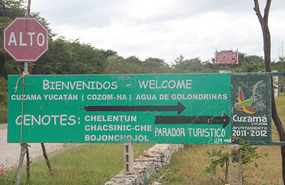
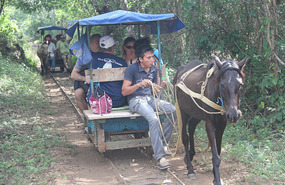
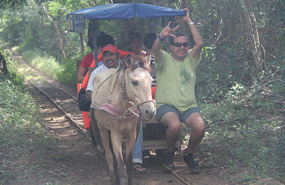

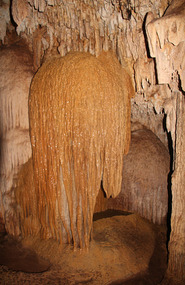
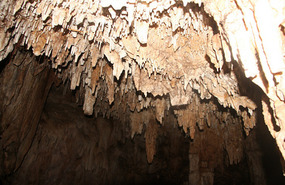
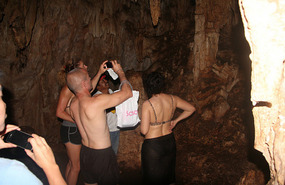
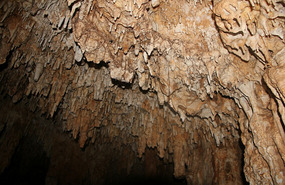

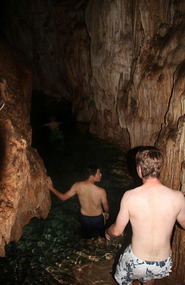
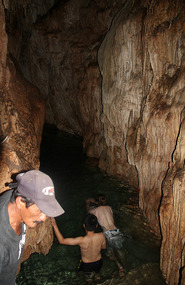
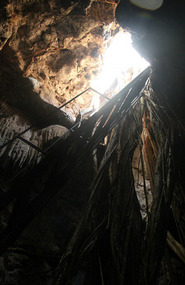
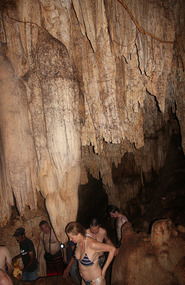
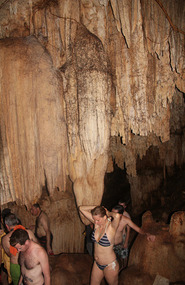
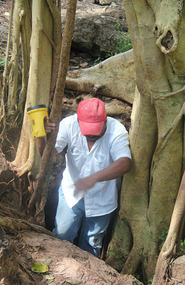
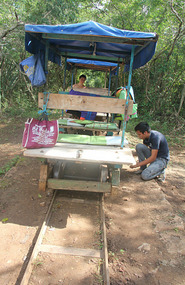
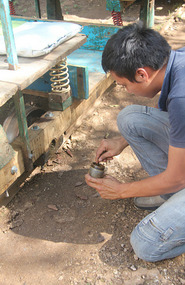
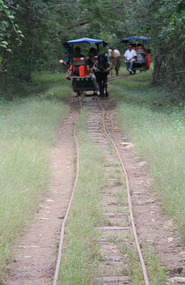
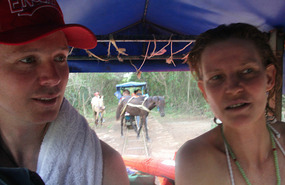
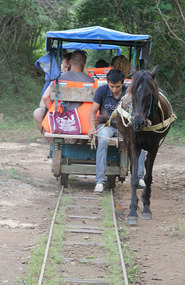
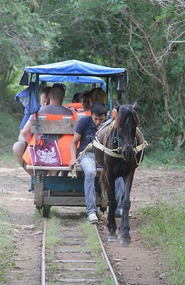
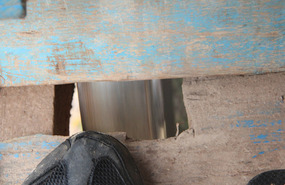


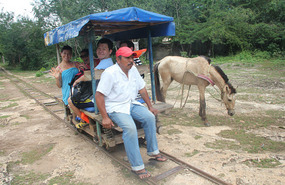
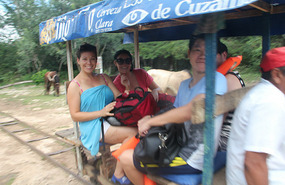
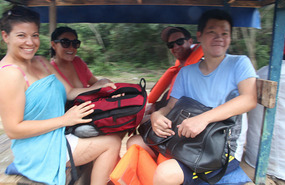
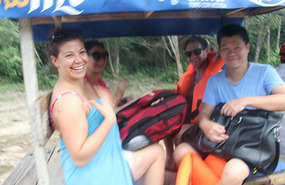
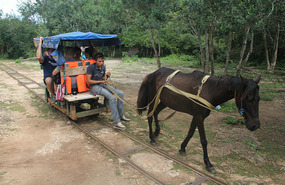
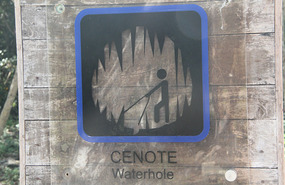
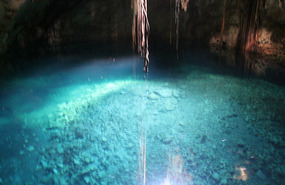
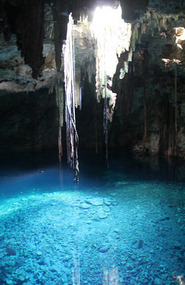
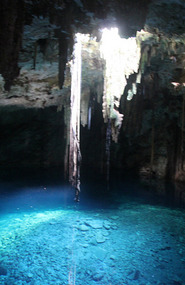
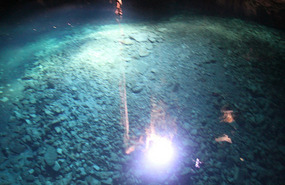
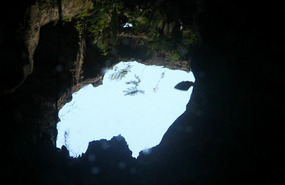
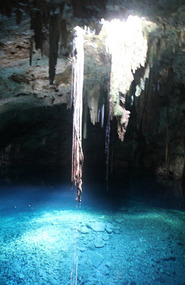
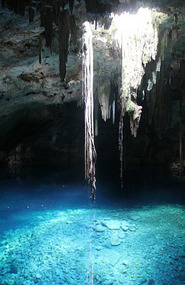
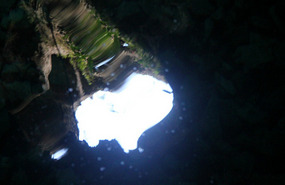
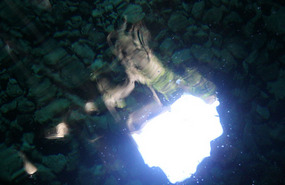
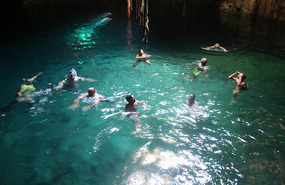
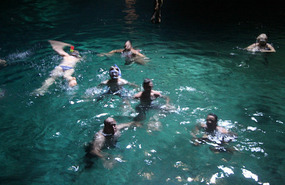
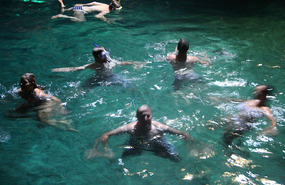
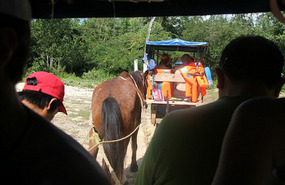
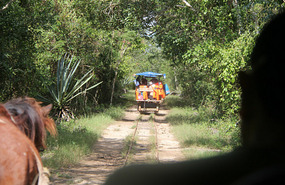
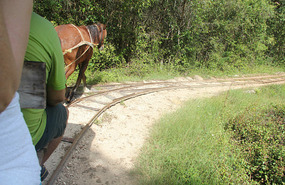

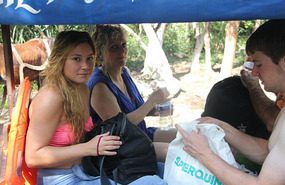
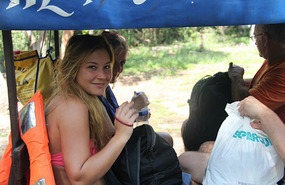
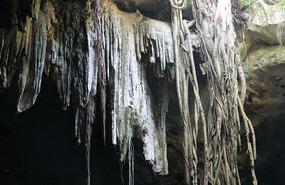

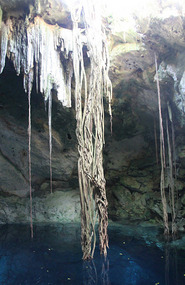
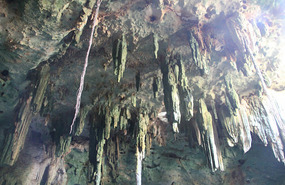
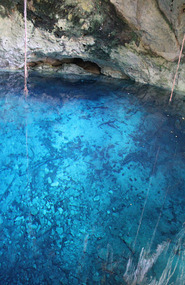
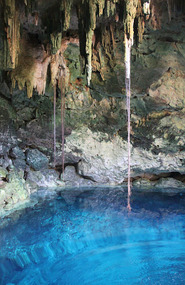
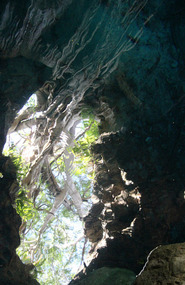
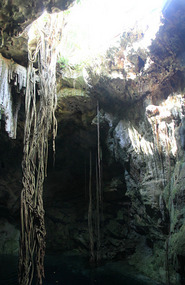
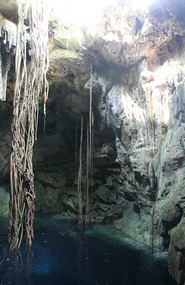
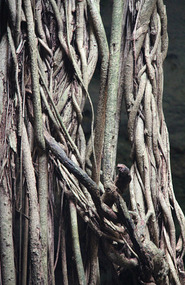
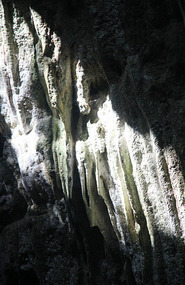
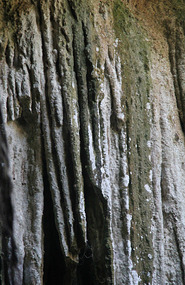
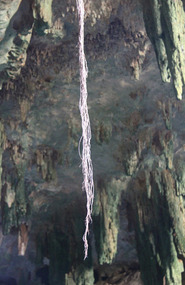
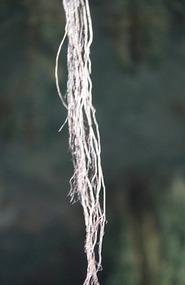
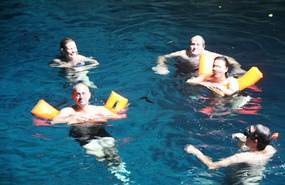
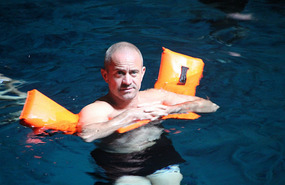

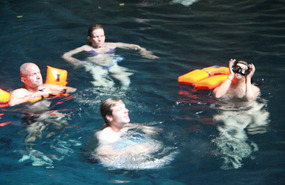
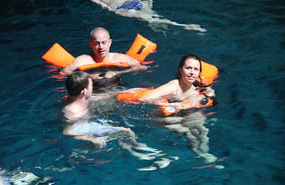


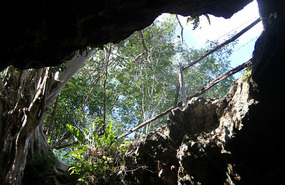

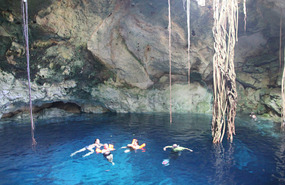
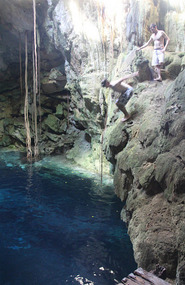
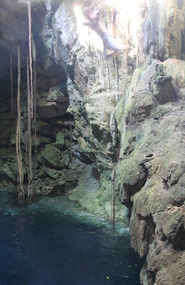
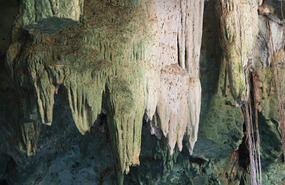
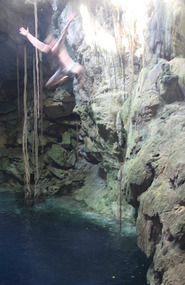
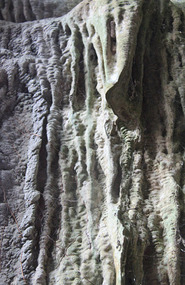
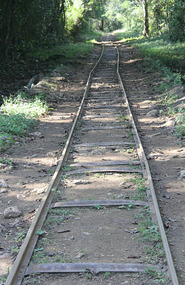
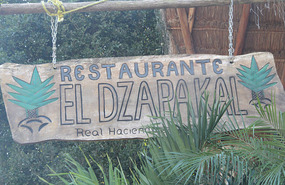

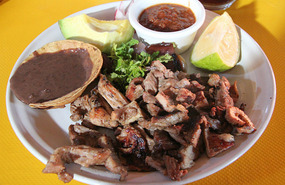

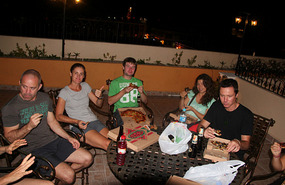
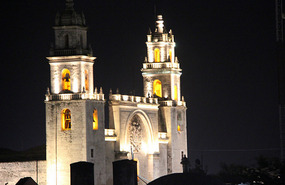




2025-05-22